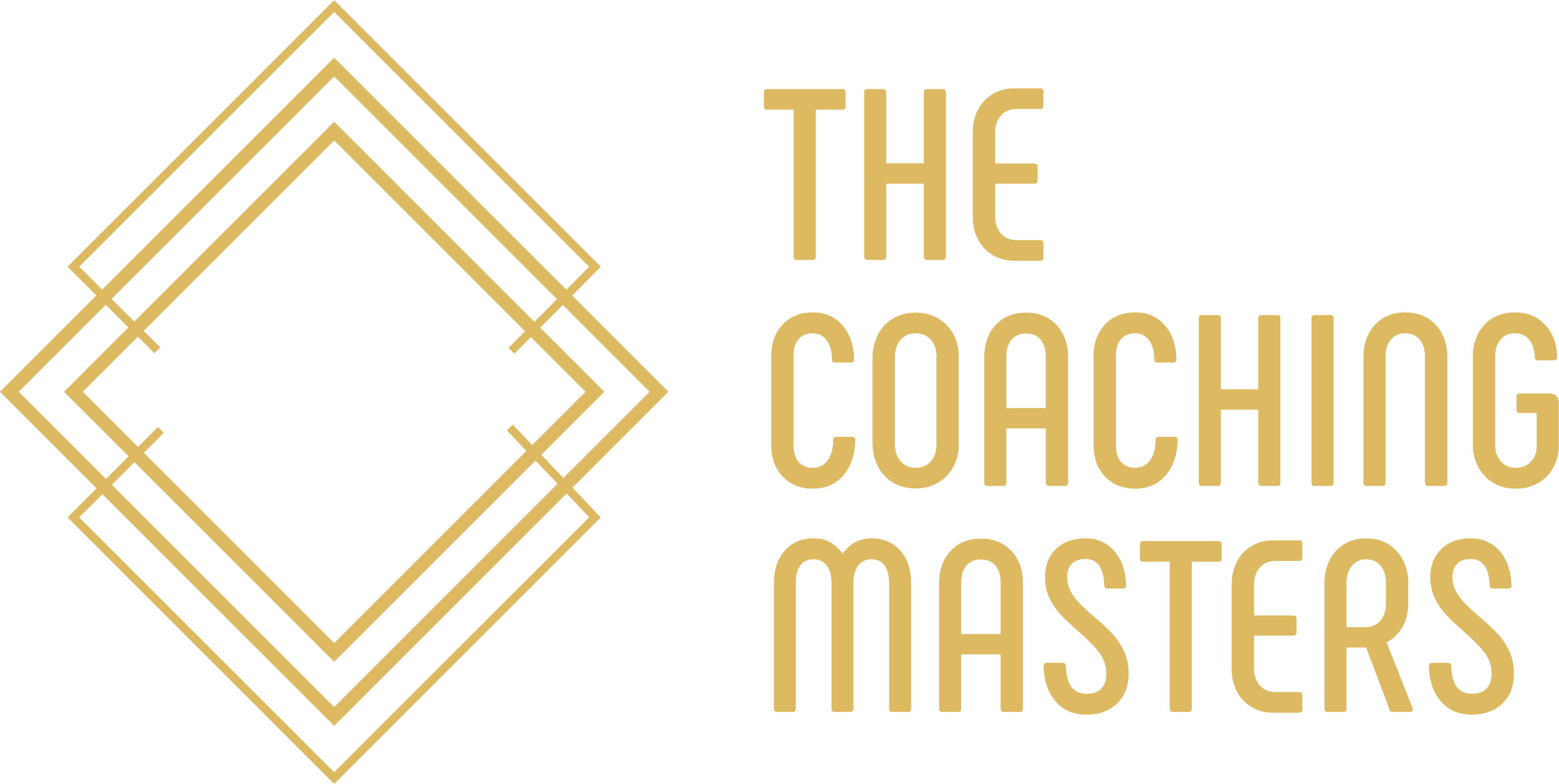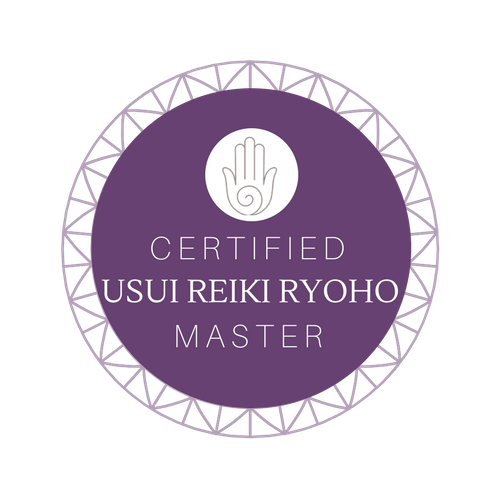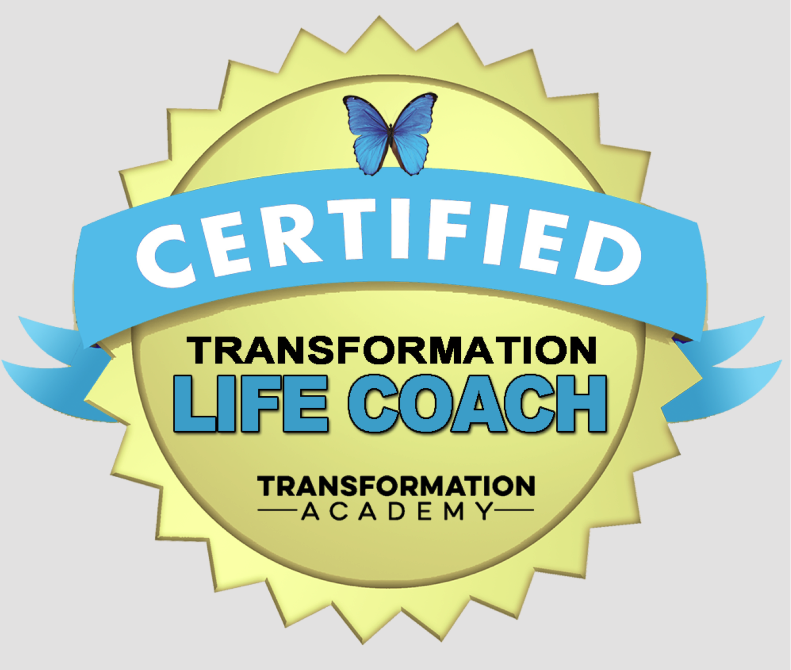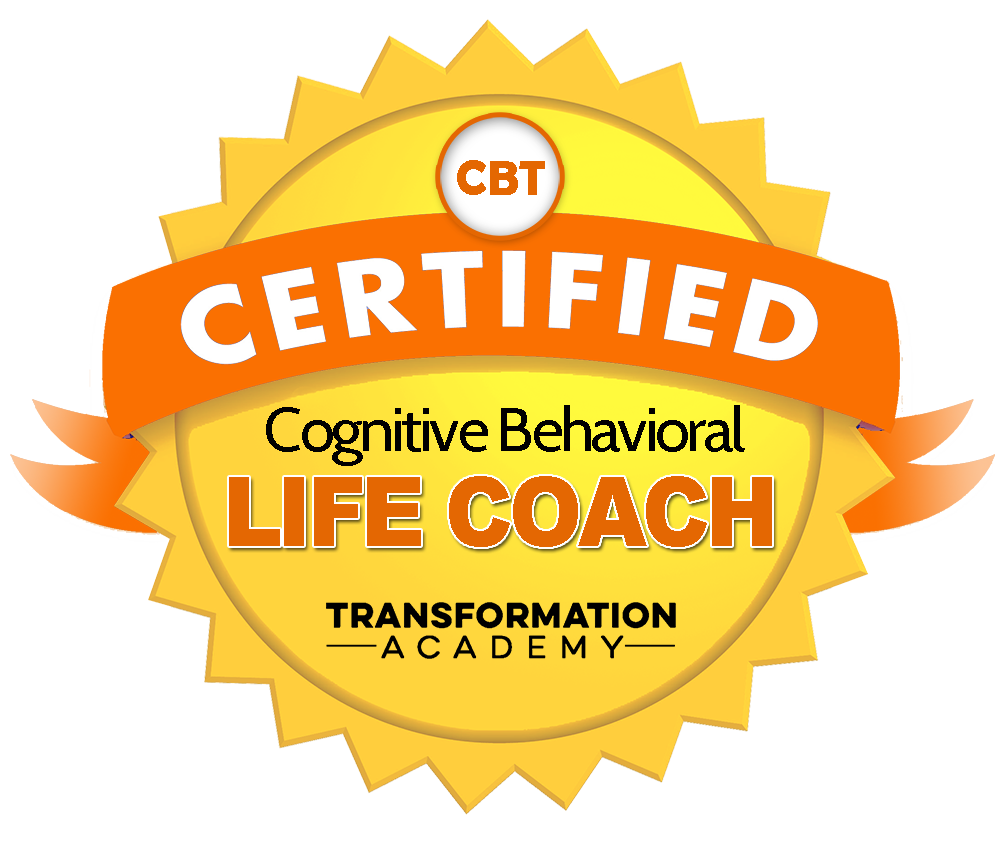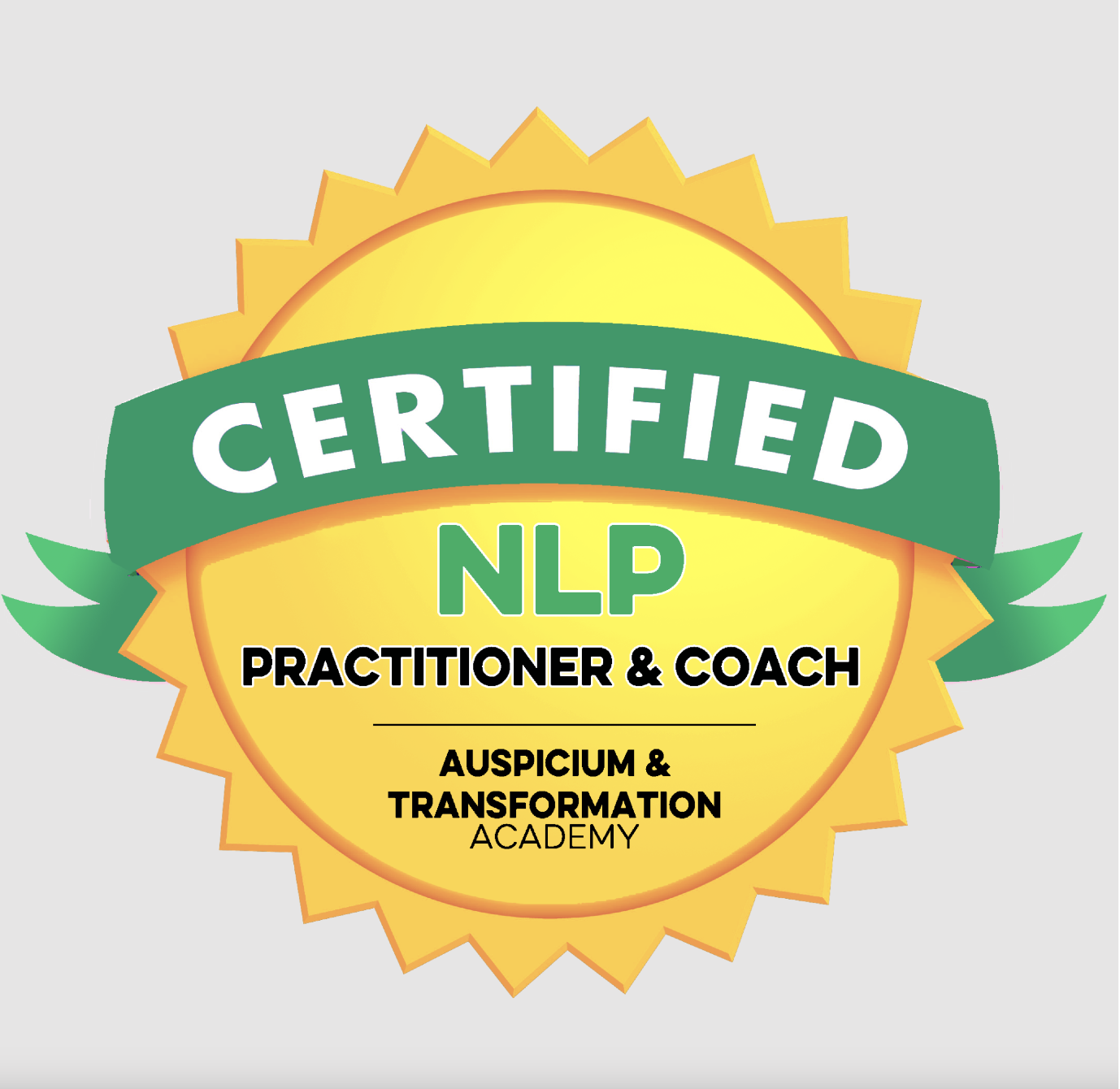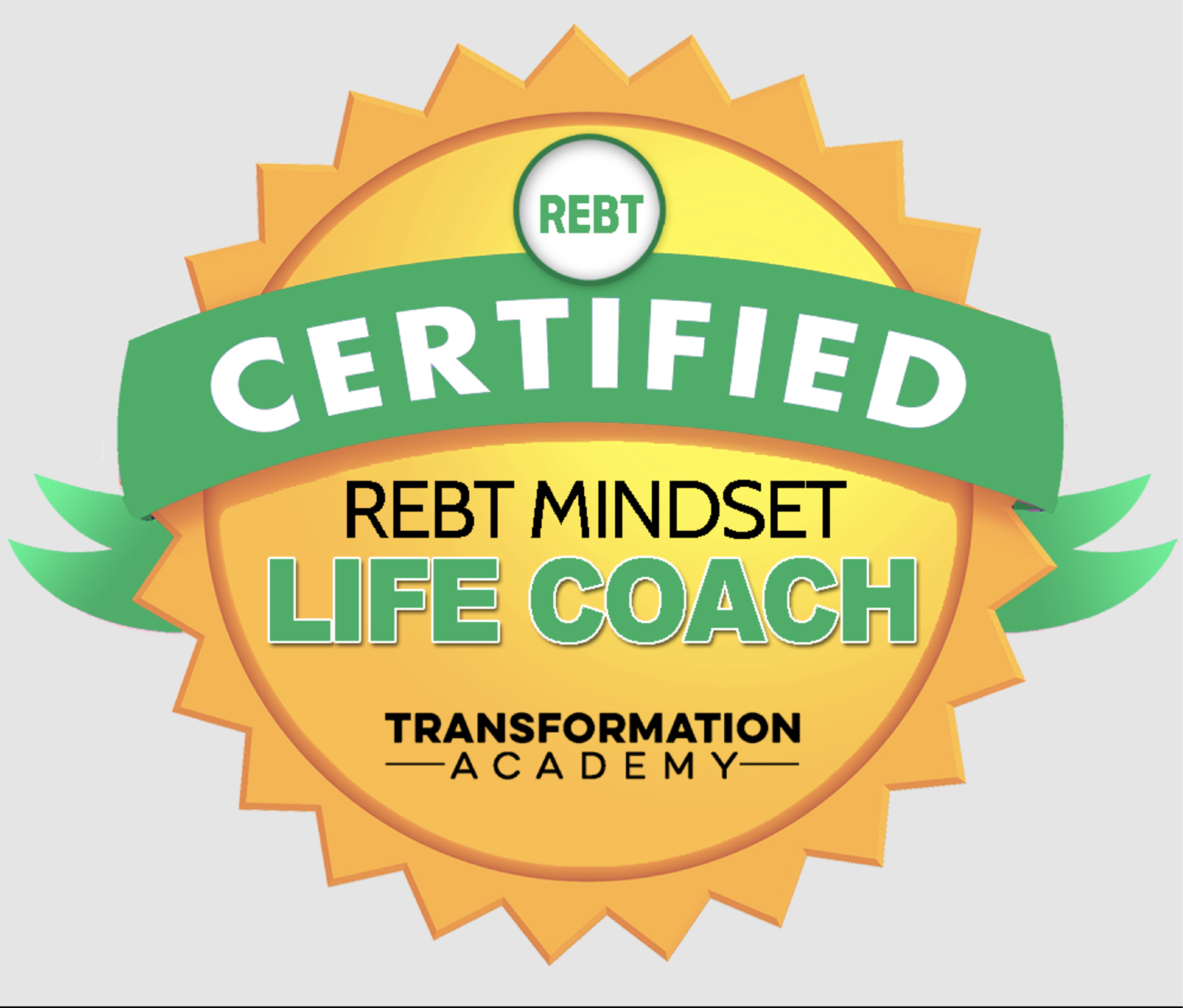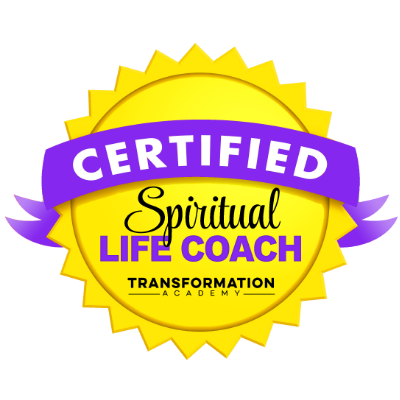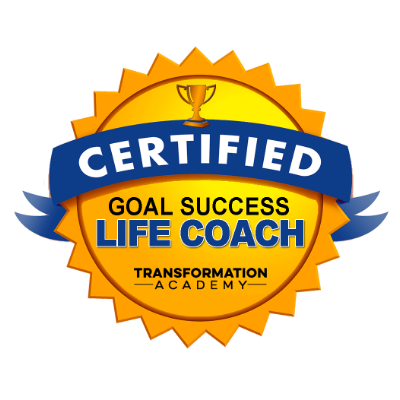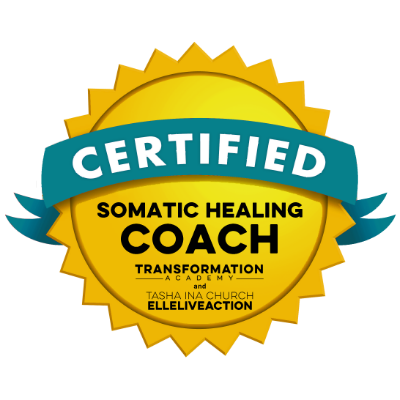Yoga Exercises

Yoga exercises strengthen your body and make it more flexible. Yoga also calms your mind and gives you energy. In active sports or strenuous exercises, you use up energy. In yoga classes, students report that they feel tranquil after a class, yet have more energy. Slow and steady motion is the key to going into or coming out of the postures. You hold a yoga pose for several seconds or even minutes and give attention to full, quiet breathing. Your yoga instructor will always encourage you to relax as the exercises are being done.
You gently place your body into yoga postures. Done correctly, there's very little chance of injury or muscle stress. A particular asana is not repeated dozens of times, nor are you ever encouraged to push yourself too much.

A yoga session is designed for balance. You stretch to the right and then to the left. You bend back and then forward. You learn to recognize when one side is stronger or more flexible than the other. Thus harmony and balance are achieved with yoga practice.
People of all ages can practice yoga exercises. They are easily modified to meet your needs and physical condition. Don't be put off by the difficult-looking postures you may see in a yoga book. A skilled teacher can adapt most asanas by using chairs, cushions, and even a wall, or other props. A yoga practice can be tailor-made just for you. If something is impossible for you to do, just forget it. Never compete with yourself or others. Yoga is a stress-free but powerful way to exercise.
Yoga is good for increasing your flexibility and relieving stress, but it doesn't take the place of aerobic exercise. You should still do regular, aerobic exercise, which increases your cardiovascular fitness, helps you lose weight, and, for people with non-insulin-dependent (type II) diabetes at least, improves blood glucose control.
Breathing and Relaxing

You don't need to fall into the stress mode of life. You can use your breath to relax, rather than stress, your mind and body. Yoga helps you to relearn that natural state that your body and mind want to be in relaxation.
Deep breathing is both calming and energizing. The energy you feel from a few minutes of careful breathing is not nervous or hyper, but that calm, steady energy we all need. Slow, steady, and quiet breathing gives a message to your nervous system: Be calm.

Whole books have been written on yoga breathing. Here is one 5-minute Breath Break. (Read through the instructions several times before you try the practice.)
- Sit with your spine as straight as possible. Use a chair if necessary but don't slump into it. Feet flat on the floor with knees directly over the centre of your feet. Use a book or cushion under your feet if they do not rest comfortably on the floor. Hands are on the tops of your legs.
- Close your eyes gently and let them rest behind closed lids.
- Think about your ribs, at the front, back, and sides of your body. Your lungs are behind those ribs.
- Feel your lungs filling up, your ribs expanding out and up. Feel your lungs emptying, your ribs coming back down and in. Don't push the breath.
- The first few times you do this, do it for 2 to 3 minutes, then do it for up to 5 to 10 minutes. At first, set aside time at least once a day to do this. When you learn how good it makes you feel, you'll want to do it at other times as well.
Just as one stressful situation goes into your next challenge, relaxing for a few minutes every day gradually carries over into the rest of your daily life and activities.
Click the link below to book your free clarity call or free virtual coffee chat.
Grab a copy of our newletter by completing the form below, this will then be sent to your inbox every month.
My Affirmation For The Week
"Creativity is contagious. Pass it on."
